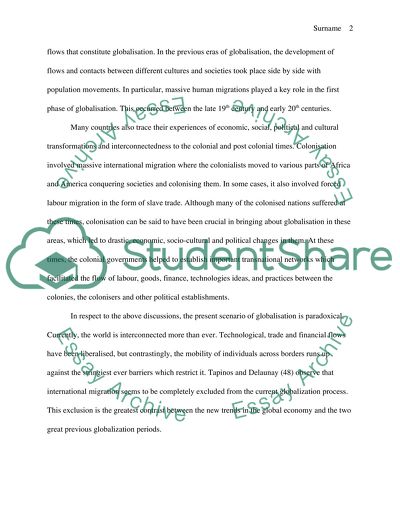Cite this document
(“Globalization and international migration Essay”, n.d.)
Retrieved from https://studentshare.org/history/1396071-globalization-and-international-migration
Retrieved from https://studentshare.org/history/1396071-globalization-and-international-migration
(Globalization and International Migration Essay)
https://studentshare.org/history/1396071-globalization-and-international-migration.
https://studentshare.org/history/1396071-globalization-and-international-migration.
“Globalization and International Migration Essay”, n.d. https://studentshare.org/history/1396071-globalization-and-international-migration.


